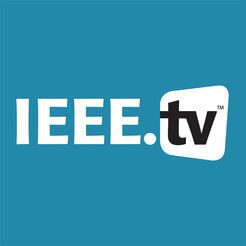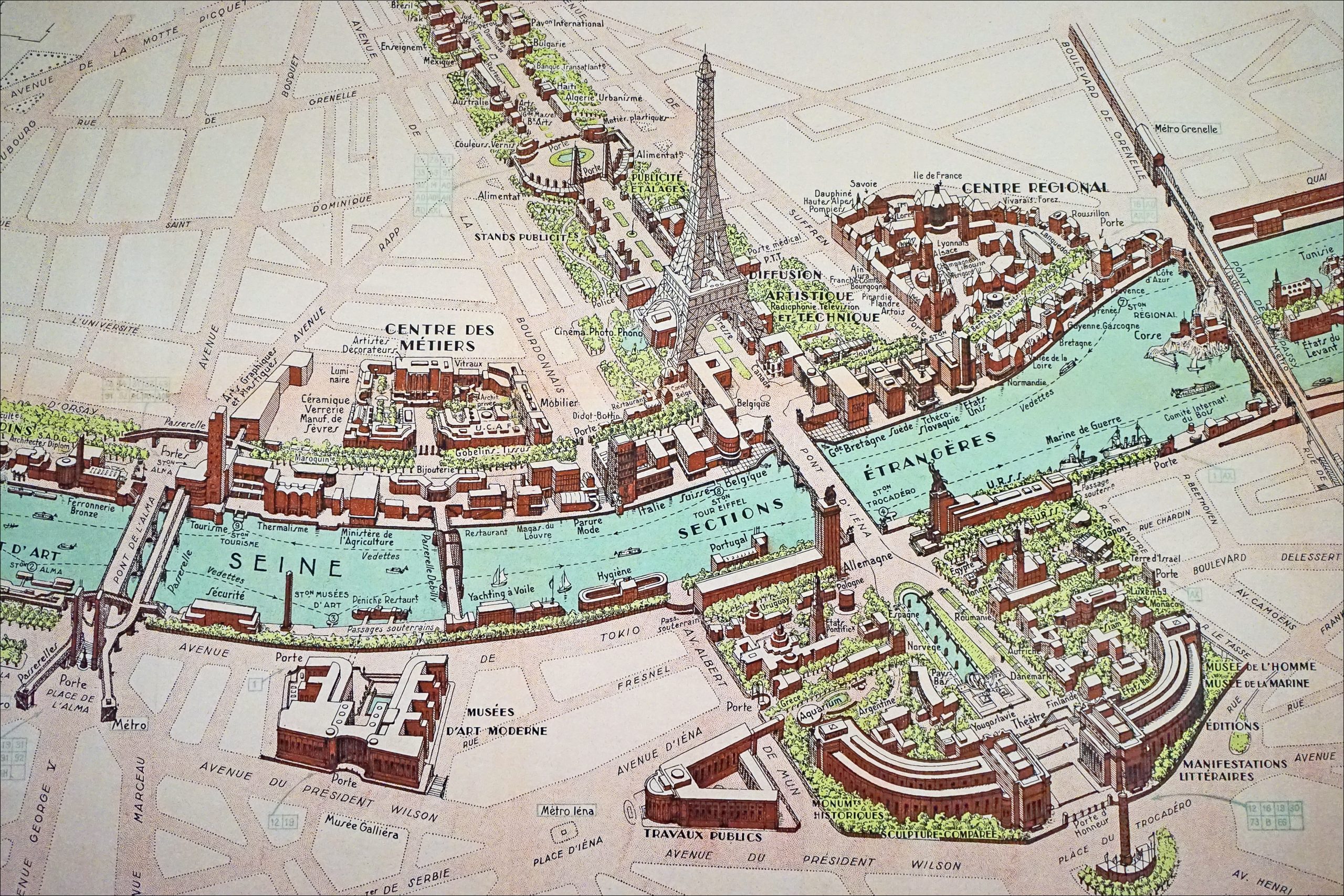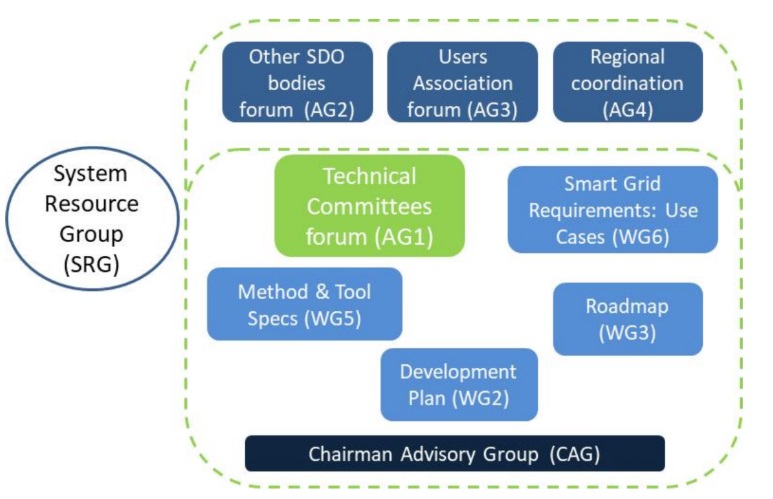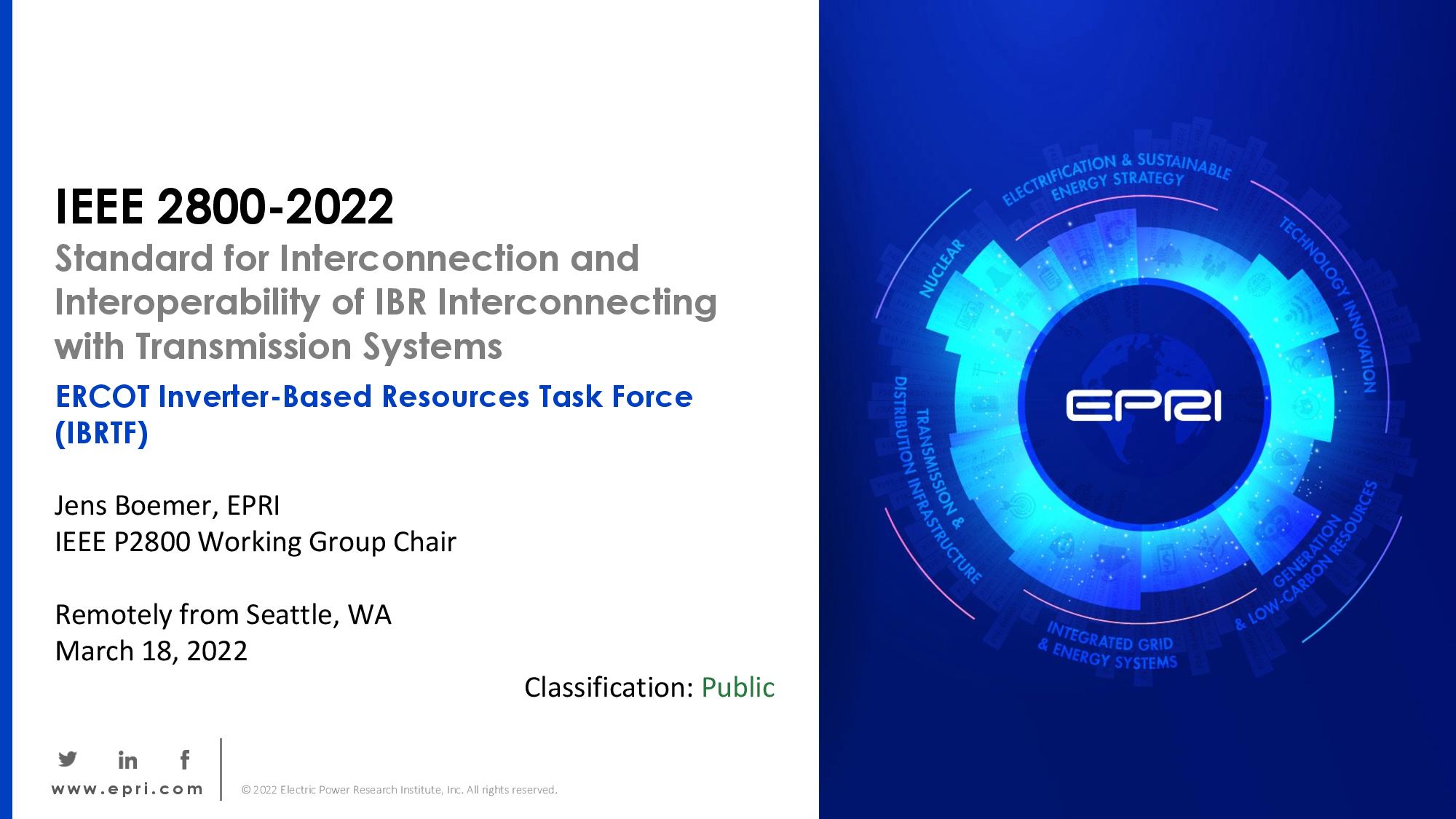Tag Archives: D2
- Home
- Posts tagged "D2" (Page 12)

Design Optimisation of Wind- PV-Microhydro-Multi-Energy Storage System
Aerk Dimri, et. al
School of Engineering University of Aberdeen
Abstract: Combined Heat and Power (CHP) units supply around two-thirds of the electricity that is consumed in the University of Aberdeen, s Old Aberdeen campus. As the CHP unit nears the end of its designed life., this paper explores the most cost-effective Hybrid Renewable Energy System (HRES) configuration that can replace the CHP and achieve the university , s emission reduction target. This paper first analyses the current CHP and grid energy system and presents the electricity demand and the equivalent carbon emissions of the Old Aberdeen campus. Then the potential for renewable electricity generation is explored which includes an assessment of the wind energy resources, solar irradiance, potential locations for solar panel installation on the University property, and the potential of micro-hydro installations on the river Don. The electricity demand and the renewable energy data are then used to find the most cost-effective HRES configurations for multiple energy scenarios using MOHRES software. The most cost-effective HRES solution in the context of the Old Aberdeen campus achieves net-zero electricity at an investment cost of 7.1 M£ which is paid back in 25 years with an overall energy cost of 0.18 £/kWh. This cost is 14.3% lower than the current cost of electricity supplied by the grid. The annual cost of carbon offsets that need to be paid between 2040 to 2045 to balance emissions from grid electricity using the recommended solution is projected to be around £35.,000.

IEEE Education and Healthcare Facilities Committee
Educational Facility Lighting
This content is accessible to paid subscribers. To view it please enter your password below or send mike@standardsmichigan.com a request for subscription details.
Inauguration of New Supercomputer
Supercomputing plays a crucial role in academic research by providing researchers with the computational power needed to perform complex and data-intensive tasks that are beyond the capabilities of standard computers. These advanced computing systems offer significant benefits and opportunities for researchers across various disciplines. Here are some key roles that supercomputing fulfills in academic research:
Simulation and Modeling: Supercomputers are used to simulate and model complex phenomena that cannot be easily replicated in real-world experiments. This is particularly important in fields like physics, chemistry, climate science, and engineering. Researchers can simulate the behavior of materials, climate patterns, particle interactions, and more, enabling a deeper understanding of natural processes and guiding experimental design.
Big Data Analysis: In many academic disciplines, researchers are dealing with vast amounts of data generated from experiments, observations, or simulations. Supercomputers excel in processing and analyzing big data, extracting valuable insights, and identifying patterns or correlations that would be difficult or impossible to detect using traditional computing resources.
Genomics and Bioinformatics: Supercomputing plays a vital role in genomics and bioinformatics research. Analyzing and comparing genomic data from various species or individuals requires immense computational power. Supercomputers help researchers analyze DNA sequences, identify genes associated with diseases, and explore the complexities of biological systems.
Drug Discovery and Computational Biology: Supercomputers are instrumental in drug discovery and computational biology, where researchers use simulations to understand how drugs interact with target proteins or predict the structure of complex biological molecules. These simulations help in the development of new drugs and therapies.
Astrophysics and Cosmology: Supercomputing is used to simulate the behavior of galaxies, stars, and the universe as a whole. Astrophysicists and cosmologists rely on supercomputers to model the evolution of celestial bodies, study cosmic events, and explore the mysteries of the universe.
Machine Learning and AI Research: Supercomputers accelerate research in artificial intelligence (AI) and machine learning by providing the computational power needed to train large-scale models and algorithms. This is critical for applications like natural language processing, image recognition, and autonomous systems.
Optimization and Data-Driven Decision Making: In various fields, supercomputing enables optimization problems to be solved more efficiently, leading to data-driven decision making. This is relevant in areas such as logistics, transportation, finance, and operations research.
Climate and Environmental Studies: Supercomputers are extensively used in climate and environmental research to model climate change, weather patterns, and the impact of human activities on the environment. These simulations help in understanding and mitigating the effects of global warming and other environmental challenges.
A small, entry-level supercomputer designed for academic or research purposes might cost around $500,000 to $1 million. These systems typically have modest computing power and are used in smaller research institutions or organizations with limited budgets.
Mid-range supercomputers with more significant computational capabilities can cost anywhere from $1 million to $10 million. These systems are often used in larger research institutions, national laboratories, and universities for advanced scientific simulations, big data analysis, and AI research.
At the high end, the most powerful and cutting-edge supercomputers, known as “exascale” systems, can cost several hundred million to over a billion dollars. These machines are at the forefront of technology and are typically used for groundbreaking research in areas like climate modeling, nuclear research, drug discovery, and national security applications.
Smart Energy

Exposition Internationale des Arts et Techniques dans la Vie Moderne / International Exposition of Art and Technology in Modern Life
We follow the administration of the the US National Committee of the International Electrotechnical Commission; a member of an international committee administered by the International Electrotechnical Commission developing global Smart Grid and Smart City concepts. Related developments happen in the following committees:
TC 8 System aspects of electrical energy supply
SC 8A Grid integration of Renewable Energy Generation
SC 8B Decentralized Electrical Energy Systems
TC 13 Electrical energy measurement and control
TC 21 Secondary cells and batteries
21/1166/CDV IEC 61427-2 ED2: Secondary cells and batteries for renewable energy storage – General requirements and methods of test – Part 2: On-grid applications | Close Date: 2023-06-16
SC 23K Electrical Energy Efficiency Products
TC 82 Solar photovoltaic energy systems
TC 120 Electrical Energy Storage Systems
TA 19 Environmental and energy aspects for multimedia systems and equipment
We limit our interest to electrotechnology interoperability issues that are present in education communities (rather than product related issues). We track coordinated action among the ISO/IEC/ITU:
ISO/IEC/ITU coordination – New work items (January 2023)
Note that there is what may appears to be a “competitor” standardization project at the ISO — TC 274 Lights and Lighting. There is enough coordination between the IEC and the ISO that we ignore the slight overlap for our purposes.
We also collaborate with other US-based and other international universities through several societies of the Institute of Electrical and Electronic Engineers (IEEE). The IEC also has several committees where leading practice is discovered and promulgated that influence electrotechnology research agendas in both the academic and business side of the education facility industry:
SyC Smart Cities: Electrotechnical aspects of Smart Cities
The ambitions of this batch of documents is to formalize the landscape of the emergent Smart City (and, accordingly, #SmartCampus) by doing the following:
- Providing the rationale for the market relevance of the future standards being produced in the parent IEC technical committee.
- Providing an indication of global or regional sales of products or services related to the TC/SC work and state the source of the data.
- Providing standards that will be significantly effective for assessing regulatory compliance.
In electrotechnology, a great deal of research is conducted in US colleges and universities — some of it funded by federal agencies; some by the corporate sector. Where appropriate we identify and highlight their research and findings — especially findings that will find a way into best practice literature that informs safety and sustainability in education communities. Many IEC titles are referenced in ISO, IET, IEEE and NFPA consensus products.
Take, for example, the Association of Medical Imaging and Electrical Equipment Manufacturers (NEMA) — the Administrator of the USNC /IEC Technical Advisory Group of the USNA/IEC — frequently releases material for US stakeholders to review. The USNA.IEC also publishes a quarterly newsletter:
There is a great deal of economic activity in this domain so we maintain our focus on the technical specifics presented in draft material. About 80 percent of the work involved in standards setting is administrative. Our focus has always been on the remaining 20 percent that involves a non-administrative skill set. Because of copyright restrictions on draft material — very common in the standards setting systems in many nations — we are mindful of releasing the full text of draft documents intended for public consultation only.
We do it this way out of necessity. There is no structured workspace provided by USNA/IEC at the moment; only emails with attachments among USNA/IEC members. Instead, we use a combination content management system hosted by the University of Michigan and the Institute of Electrical and Electronic Engineers. We coordinate our review of the state of energy sector literature here and with the IEEE Education & Healthcare Facilities Committee. All IEC products are on the standing agendas of our Energy, Power and Global colloquia. See our CALENDAR for the next online meeting; open to everyone.
Issue: [15-197]
Contact: Mike Anthony, Paul Green, Jim Harvey, Massimo Mittolo
Colleagues: Mahesh Illindala (Ohio State University), Giuseppe Parisi (Sapienza University of Roma), Loren Clark (University of Alberta). Jim Murphy (Lawrence Livermore Laboratory: University of California Berkeley), Brian Marchionini (NEMA), Paul Green (University of Michigan)
Category: Electrical, Telecommunications, Energy Management, #SmartCampus, Informatics, Information & Communications Technology
LEARN MORE:
The August eNewsletter is now available.
This issue discusses current and future practices being employed to ensure the safety of Smart Grids.https://t.co/o6Imn6grg9#IEEESG #CRAS #Safety pic.twitter.com/RBsVvya1bW— IEEE Smart Grid (@ieeesmartgrid) August 18, 2020
The @NEMAupdates Intelligence Portal pulls together targeted content from a wide variety of sources to keep Members apprised of the policy environment. Members can login here for more information: https://t.co/w0ublpgse0 pic.twitter.com/HoXaQsvycf
— NEMA (@NEMAupdates) July 29, 2020
Interoperability of Inverter-Based Resources
IEEE Standard for Interconnection and Interoperability of Inverter-Based Resources (IBRs) Interconnecting with Associated Transmission Electric Power Systems
Abstract: Uniform technical minimum requirements for the interconnection, capability, and lifetime performance of inverter-based resources interconnecting with transmission and sub-transmission systems are established in this standard. Included in this standard are performance requirements for reliable integration of inverter-based resources into the bulk power system, including, but not limited to, voltage and frequency ride-through, active power control, reactive power control, dynamic active power support under abnormal frequency conditions, dynamic voltage support under abnormal voltage conditions, power quality, negative sequence current injection, and system protection. This standard also applies to isolated inverter-based resources that are interconnected to an ac transmission system via dedicated voltage source converter high-voltage direct current (VSC-HVDC) transmission facilities; in these cases, the standard applies to the combination of the isolated IBRs and the VSC-HVDC facility, and not to an isolated inverter-based resource (IBR) on its own.
Scope: This standard establishes the required interconnection capability and performance criteria for inverter-based resources interconnected with transmission and sub-transmission systems.10, 11, 12 Included in this standard are performance requirements for reliable integration of inverter-based resources into the bulk power system, including, but not limited to: voltage and frequency ride-through, active power control, reactive power control, dynamic active power support under abnormal frequency conditions, dynamic voltage support under abnormal voltage conditions, power quality, negative sequence current injection, and system protection. This standard shall also be applied to isolated inverter-based resources that are interconnected to an ac transmission system via a dedicated voltage source converter high-voltage direct current (VSC-HVDC) transmission facility; in these cases, the standard shall apply to the combination of the isolated IBR and the VSC-HVDC facility and shall not apply to the isolated IBR unless they serve as a supplemental IBR device that is necessary for the IBR plant with VSC-HVDC to meet the requirements of this standard at the reference point of applicability.
Purpose: This standard provides uniform technical minimum requirements for the interconnection, capability, and performance of inverter-based resources interconnecting with transmission and sub-transmission systems.
Data Points
This content is accessible to paid subscribers. To view it please enter your password below or send mike@standardsmichigan.com a request for subscription details.
Campus Power Reliability
This content is accessible to paid subscribers. To view it please enter your password below or send mike@standardsmichigan.com a request for subscription details.
New update alert! The 2022 update to the Trademark Assignment Dataset is now available online. Find 1.29 million trademark assignments, involving 2.28 million unique trademark properties issued by the USPTO between March 1952 and January 2023: https://t.co/njrDAbSpwB pic.twitter.com/GkAXrHoQ9T
— USPTO (@uspto) July 13, 2023
Standards Michigan Group, LLC
2723 South State Street | Suite 150
Ann Arbor, MI 48104 USA
888-746-3670

















